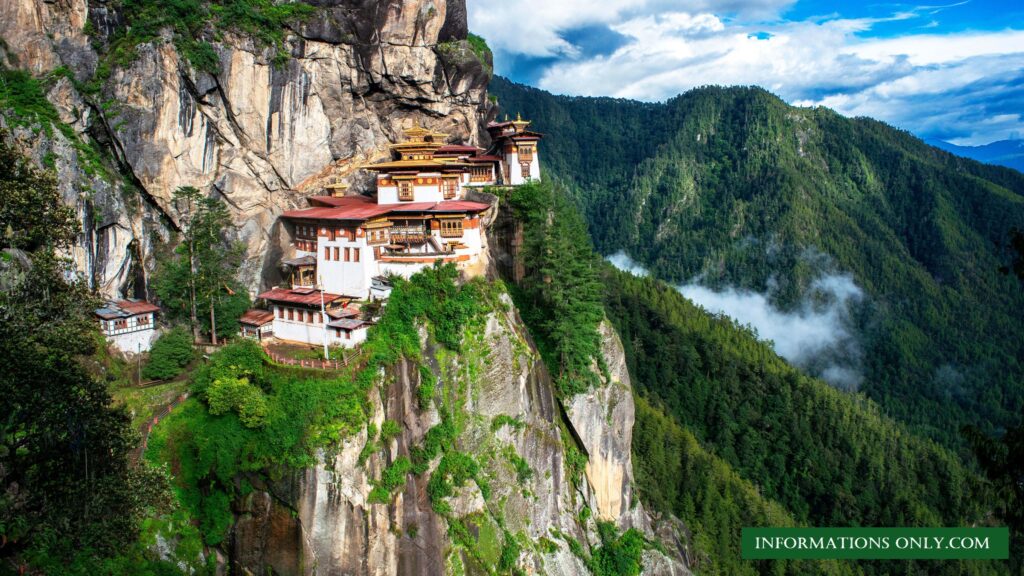
Bhutan, known for its stunning landscapes, rich cultural heritage, and unique traditions, offers a variety of places to explore.
Here are some places to visit in Bhutan:
Paro Taktsang (Tiger’s Nest): Perched on a cliffside, this iconic monastery is one of Bhutan’s most famous landmarks. The hike to Tiger’s Nest offers breathtaking views of the surrounding mountains and valleys.
Thimphu: Bhutan’s capital city, Thimphu, is a blend of modernity and tradition. Visit the Tashichho Dzong, the National Memorial Chorten, and the Buddha Dordenma Statue for a glimpse into Bhutanese culture.
Punakha Dzong: Situated at the confluence of the Pho Chhu and Mo Chhu rivers, Punakha Dzong is a majestic fortress that holds significant historical and religious importance.
Phobjikha Valley: Known for its stunning natural beauty, this glacial valley is a winter home to the endangered black-necked cranes. Explore Gangtey Monastery and take in the serene surroundings.
Bumthang Valley: Comprising four valleys – Chokhor, Tang, Ura, and Chhume, Bumthang is considered the cultural heartland of Bhutan. Visit Jakar Dzong, Jambay Lhakhang, and Kurje Lhakhang.
Chele La Pass: The highest motorable pass in Bhutan, Chele La offers panoramic views of the Himalayas. It’s a great spot for nature lovers and photography enthusiasts.
Haa Valley: A less-visited gem, Haa Valley is known for its pristine environment and traditional villages. Explore the Haa Dzong, enjoy the local hospitality, and take in the scenic landscapes.
Rinpung Dzong (Paro Dzong): This fortress-monastery in Paro is an architectural marvel and hosts the Paro Tsechu festival. The annual festival attracts both locals and tourists.
Dochula Pass: On the road from Thimphu to Punakha, Dochula Pass offers stunning views of the Eastern Himalayas. The pass is adorned with 108 chortens (stupas) and the Druk Wangyal Lhakhang.
National Museum of Bhutan: Located in Paro, the museum provides insights into Bhutanese history, culture, and traditions. It houses a vast collection of artifacts, paintings, and sculptures.
Remember that Bhutan follows a policy of “High Value, Low Impact” tourism, and visitors are required to pay a daily tariff. Additionally, it’s advisable to check the current travel regulations and conditions before planning your trip to Bhutan. (FOR INFORMATION PURPOSE ONLY)